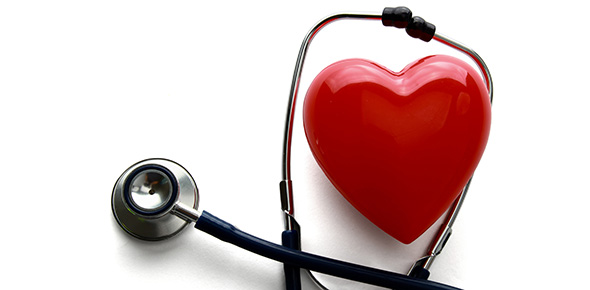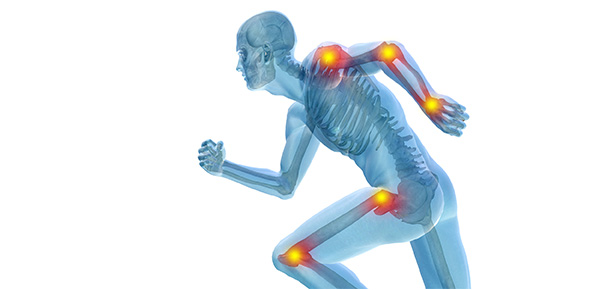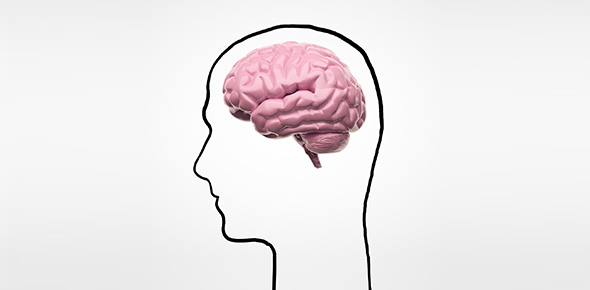Related Flashcards
Related Topics
Cards In This Set
| Front | Back |
|
1) Milk production in
the mammary glands
A) begins to occur at
the start of each monthly cycle, but only continues if pregnancy occurs.
B) occurs by the
process of meiosis.
C) is initiated during
the birth process.
D) is stimulated by a
combination of hormones including prolactin, growth hormone, and human
placental lactogen.
E) has none of the
attributes above.
|
D) is stimulated by a combination of hormones including prolactin, growth hormone, and human placental lactogen.
|
|
2) The process of
fertilization forms (the)
A) gametes.
B) blastocyst.
C) zygote.
D) conception.
E) none of the above.
|
C) zygote.
|
|
3) How are both male
and female gametes acted upon by the reproductive system of the opposite sex?
A) The gametes are
destroyed after a few hours, as they are no longer capable of fertilization.
B) The gametes are
nourished.
C) The gametes are
replicated.
D) The gametes are
stored to optimize at a later time for fertilization.
E) None of the above
are true of gametes.
|
E) None of the above are true of gametes.
|
|
4) Which of the
following provides energy to sperm cells?
A) prostaglandins.
B) bulbo-
urethral fluid.
C) seminal fluid.
D) prostatic fluid.
E) fructose.
|
E) fructose.
|
|
5) In the correct
order, the steps involved in oogenesis are:
(1) formation of a
tertiary follicle
(2) ovulation
(3) formation and
degeneration of the corpus luteum
(4) formation of
primary follicles
(5) formation of
secondary follicles
A) 1, 2, 3, 4, 5 B) 4,
5, 1, 2, 3 C) 2, 5, 4, 1, 3 D) 3, 5, 1, 4, 2 E) 5, 4, 3, 2, 1
|
(4) formation of primary follicles(5) formation of secondary follicles(1) formation of a tertiary follicle(2) ovulation(3) formation and degeneration of the corpus luteumb) 4-5-1-2-3
|
|
6) Descent of the
testes
A) is controlled by the
hormones FSH and LH.
B) is effected by changes
in the relative growth rates of the intraabdominal structures.
C) occurs after birth.
D) occurs during the
fourth developmental month.
E) is or does none of
the above.
|
B) is effected by changes in the relative growth rates of the intraabdominal structures.
|
|
7) Which of the
following is an artery of the scrotum?
A) pelvic artery
B) genitofemoral artery
C) internal pudendal
artery
D) ilioinguinal artery
E) perineal artery
|
C) internal pudendalartery
|
|
8) Which of the
following muscles covers the corpus cavernosum?
A) cremaster
B) ischiocavernosus
C) bulbospongiosus
D) dartos
E) none of the above
|
C) bulbospongiosus
|
|
9) The change in
function of the male reproductive system that is comparable to menopause in women
is
A) called the male
climacteric.
B) called manopause.
C) not comparable
between the aging male and female reproductive systems.
D) nothing; the male
reproductive system does not change with age.
E) none of the above.
|
A) called the male climacteric.
|
|
10) When the ductus
deferens fuses with the base of the seminal gland, it forms (the)
A) deferential duct.
B) seminiferous
tubules.
C) prostatic urethra.
D) ejaculatory duct.
E) none of the above.
|
D) ejaculatory duct.
|
|
11) The process whereby
sperm cells or spermatozoa are produced is
A) mitosis.
B) spermiogenesis.
C) diploid division.
D) spermatogenesis.
E) none of the above.
|
D) spermatogenesis.
|
|
12) The menstrual cycle
begins with
A) a surge of LH and
FSH.
B) ovulation.
C) proliferation of the
functional layer of the endometrium.
D) the onset of the
menses.
E) none of the above.
|
D) the onset of themenses.
|
|
13) In correct order,
from external to internal, the layers of the testis include:
(1) dartos muscle
(2) cremaster muscle
(3) tunica vaginalis
(4) scrotal cavity
(5) tunica albuginea
(6) septa
A) 6, 5, 4, 3, 2, 1B) 5, 3, 4, 2C) 1, 2, 3, 4, 5, 6D) 2, 4, 6, 3, 5, 1E) none of the above
|
13) In correct order,
from external to internal, the layers of the testis include:
(1) dartos muscle
(2) cremaster muscle
(3) tunica vaginalis
(4) scrotal cavity
(5) tunica albuginea
(6) septa
C) 1, 2, 3, 4, 5, 6
|
|
14) The midline raised
structure of the external scrotum is (the)
A) tunica vaginalis.
B) scrotal mediastinum.
C) tunica albuginea.
D) perineal raphe.
E) none of the above.
|
D) perineal raphe.
|
|
15) The contents of the
spermatic cord that helps to cool the testis is the
A) pampiniform plexus
of the testicular vein.
B) ilioinguinal and
genitofemoral nerves.
C) ductus deferens.
D) testicular artery.
E) all of the above are
included.
|
A) pampiniform plexus of the testicular vein.
|







